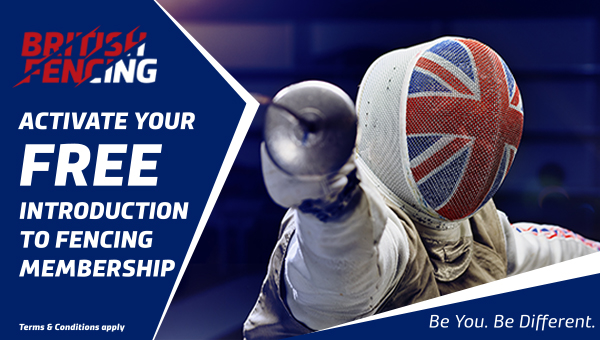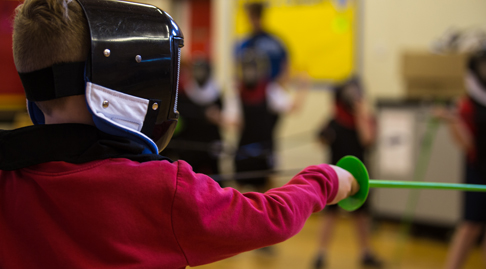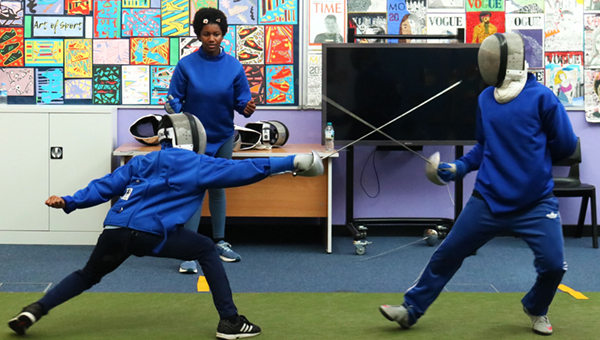

Many clubs may already be accessible, even if they don’t have any wheelchair users or disabled participants, and making your club more inclusive is surprisingly simple.
What does Accessible and Inclusive look like?
An inclusive and accessible venue can take many different forms, largely depending on which individuals you are aiming to include, as different disabled people have different needs. The best practice isn’t to say you’re accessible or not, as that is for each disabled person to determine for themselves, but to share a good understanding of the club environment and practices, and make that easy to find so people can make an informed choice as to whether your club and facilities are right for them.
It’s really helpful if you have a section on your webpage where you outline the current venue accessibility and maybe also the adjustments you make in your sessions for disabled people to feel welcome. Also helpful is having a phone number for someone who can provide more information and advise on other local clubs if yours isn’t suitable for the participant’s needs.
Here are some basics to consider:
Everyone:
Wheelchair users:
D/deaf or hearing impaired:
Blind and Visual Impaired:
Neurodiverse and hidden disabled:
RESOURCES: If you’d like to see where your club fits on the accessibility spectrum you can download our self-assessment matrix here
Why not now check out our Top Tips page for more ways to be inclusive?






Activate your free, 90 day membership to British Fencing today. Membership insures you to fence at any British Fencing club.
Join Today
Does your organisation want to bring fencing to your community? Explore our core coach course, no experience required.
Core Coach
Start your journey to becoming a community fencing coach. Introduce fencing to pupils for as little as £25. Find out more today.
Learn More